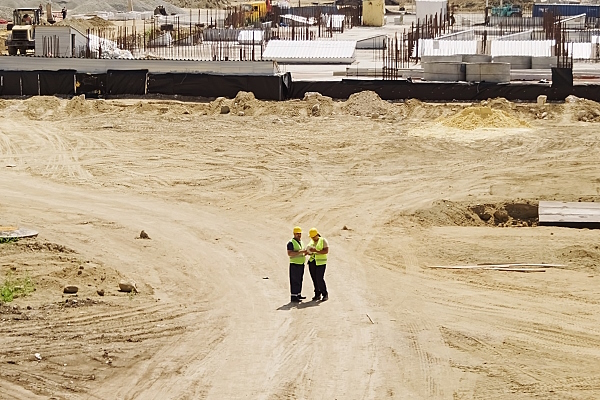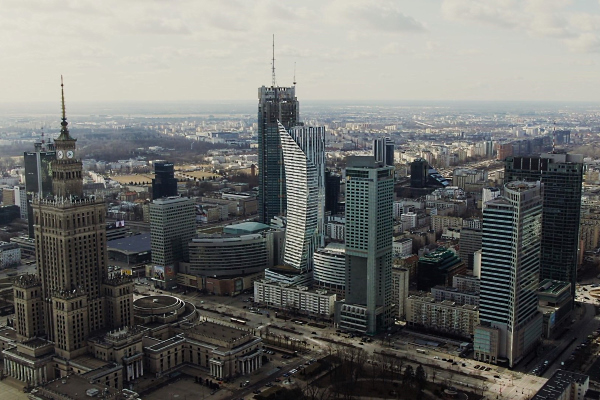After receiving the necessary documents and project presentation, our team will try to review your request as soon as possible, and leading experts will offer the best options for project funding.
Biowaste is defined in European legislation as food residues from households or industry, as well as biodegradable residues resulting from the maintenance of gardens or parks.
With recent government initiatives and increased investment in biogas projects, this waste could soon become a valuable energy source.
Biowaste as a source of energy for the future
As a reminder, food accounts for over 60% of biowaste in the EU. In turn, biowaste accounts for 35% of urban waste.According to Eurostat, EU municipalities generated around 250 million tonnes of waste in 2019.
Each year, the EU discards up to 90 million tons of food, which corresponds to 20% of all food produced.
There are two methods for processing this waste, composting and anaerobic digestion. The first method is more widespread, since in an oxygen environment it provides mainly valuable fertilizers for improving the soil. Anaerobic digestion is used to produce biogas, which provides energy and conserves the environment in many ways.
Biogas can be used to generate electricity or heating, being a useful fuel in general.
One of the obstacles standing in the way of the biogas revolution is the presence of a significant percentage of plastic and other non-degradable waste.
Therefore, European experts today propose a number of legislative changes, including special labeling of biodegradable and compostable packaging.
Among the largest fundamental European biogas projects are BERST, BIOSURF, Bin2Grid, GR3 and others. These initiatives allow the authorities to meet the requirement to recycle 65% of municipal waste by 2035, as well as meet the intermediate targets for recycling 60% by 2030.
Biogas production is currently most developed in Germany, Norway, Denmark and a number of other countries in Western and Northern Europe.
In these countries, biogas is widely used for the production of automotive fuel, and after purification is even fed into the gas transmission network. For example, France has set a goal to pump 10% of biomethane into the country's gas network by 2030.
Despite the enormous economic and environmental potential, the transformation of biowaste into a direct source of raw materials for biorefineries is still a serious problem due to the heterogeneity of waste.
Traditional methods of producing hydrogen are expensive because they require a significant amount of electricity (hydrogen is produced mainly by electrolysis of water). Fermentation also generates hydrogen during biowaste processing, although this process cannot be used commercially.
There are other technologies for the production of biogas, which for various reasons have not become widespread, but hide many possibilities for using biowaste as an energy source. These include pyrolysis, gasification, and hydrothermal carbonation.
The high investment cost of biogas projects continues to be a problem.
Often, waste separation and subsequent purification use expensive equipment and materials that are impractical for industrial use.

By 2050, the EU will increase production of green gas by 10 times
According to Euractiv, achieving the EU climate targets for 2050 will require an increase in the production of biogas, biomethane and green hydrogen by at least 10 times.Unfortunately, at the moment, renewable gases account for only 7% of domestic consumption in the European Union. Given Europe's ambitious goals of achieving carbon neutrality by mid-century, countries will need to make significant efforts to scale up their renewable gas production.
Looking at the EU's long-term scenario until 2050, in which the global temperature rise is capped at 1.5 degrees Celsius, renewable gas production should increase by 50-60% over current levels.
In terms of oil, this increase in green gas production will reach 200-250 million tons.
These are quite realistic goals, since the EU is not a newcomer to biogas and hydrogen projects. Countries have already taken important steps with regard to renewable energy sources (RES) and energy efficiency, which will help increase the share of renewable gases in sectors such as heating and transport.
Although ecologists doubt that biogas can be a real salvation of nature after fossil fuels, biogas production can really reduce the burden on the environment, provide additional income for farmers and become a kind of intermediate point on the energy path of mankind.
Biogas projects in the EU are not seen as the backbone of future energy, but only as an addition to renewable energy sources such as wind or solar energy.
Be that as it may, the International Renewable Energy Agency (IRENA) expects bioenergy to grow 15 times between 2020 and 2050.
Most of the investment projects in this area will be concentrated in the EU countries.




























